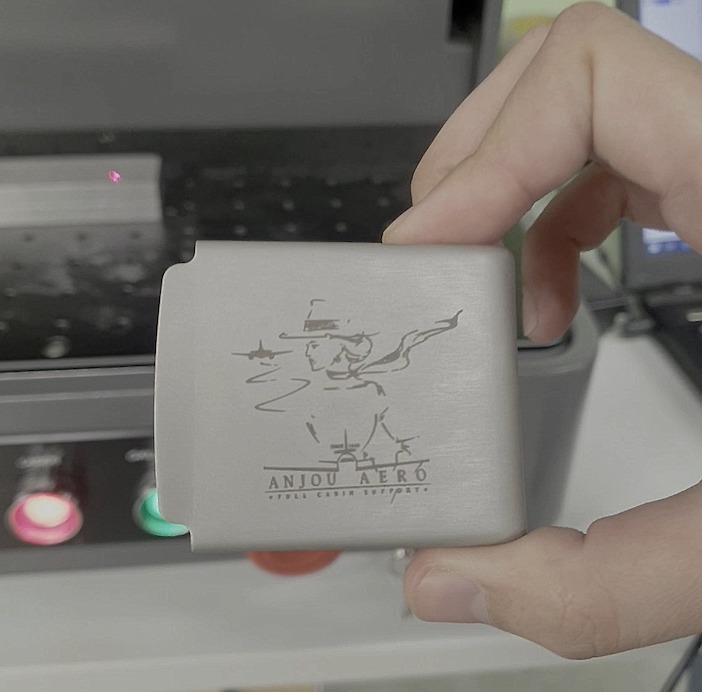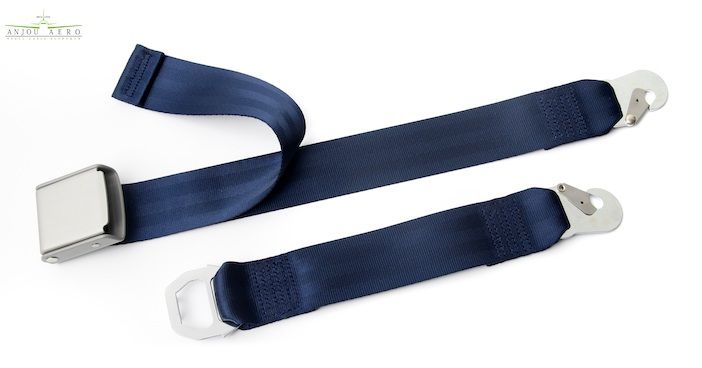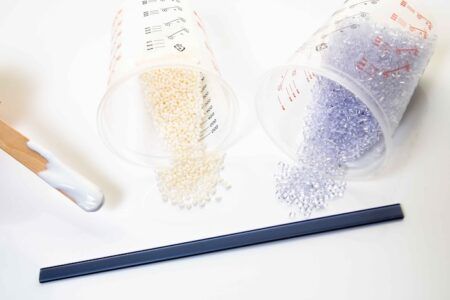What have been the main changes to safety restraint regulations in recent years?
Even though this might sound surprising, since 1998 when we certified our first 16g seat belt, our activity hasn’t been subject to major changes in regulations.
The seat belt is a technical and complex product which must pass specific (E)TSO tests, so basically all certified seat belts on the market have identical technical characteristics. There is very little scope for innovation in the materials used, because very few can pass the (E)TSO tests. Therefore we, as one of the three main seat belt manufacturers in the world, propose a small variety of products, which include the standard weight seat belt and of course a lighter weight version.
While the technical characteristics stay the same. The seat belt, as a part of a cabin interior, can of course be customised to match an airline’s colours and global brand image. The seat belt must be safe and stylish, and at the same time, technically standardised but still customisable – this is the real challenge and is what makes our work so interesting.
How does Anjou work in the regulatory framework?
Anjou seat belts and torso restraint systems are manufactured according to specific standards: TSO/ETSO C22g (seat belts / extensions), TSO/ETSO C114 (torso restraint systems) and SAE AS 8043.
We use our own testing laboratory for our R&D. Over the last 10 years we have invested in new and modern machines for crash testing, elongation and abrasion testing of webbing, salt spray testing, FAR 25.853 flammability tests, etc.
Seat belt production is a nice activity which requires a specific and rare know-how that we have been proud to transfer from generation to generation since 1948. Anjou now has around 200 customers from 40 countries.

Tell me more about your range of safety belts
We provide seat belts, and adult and baby extensions for aircraft passenger seats (including Y belts for the front row), as well as 3/4/5 point torso-restraint systems with inertia reels for attendant and cockpit seats.
This year we are celebrating 25 years since we certified our seat belt type 349, and 10 years since we launched our rotary buckle type 358, originally designed for Airbus Helicopters but currently flying in various types of helicopters and planes.
Anjou offers tailor-made solutions and we collaborate closely with our customers, who contribute to our development programmes through their constant feedback. This is how our new, more ergonomic and lighter rotary buckle type 368, which we promoted at Aircraft Interiors Expo 2023 in Hamburg, came to life.
How is the company responding to seat designs such as first-class suites, and the technical challenges they pose?
10 years ago the trend was to lighten the products, and as a respond to this request we have developed and certified our lightweight buckle – type 353.
Nowadays, the major change is related to the business class and first-class seats on which the standard seat belts (with or without airbag) are replaced with three-point torso restraint systems with an inertia reel on the shoulder strap. Anjou has had this type of product in its catalogue since 2000, so this new trend didn’t require additional R&D investments. It is a product that we have been installing in Airbus Helicopters, Daher Socata, Cessna planes, etc for more than 20 years. Of course, the recent market evolution has had a positive impact on our sales: we delivered 30% more three-point torso restraint systems in 2022 compared to 2021.
What trends are you witnessing with seatbelts – colours, increased seat belt length, intelligent seat belts with sensors…?
We have indeed noticed an increased demand for longer seat belts and for adult extensions.
Until now, our customers haven’t shown a real interest in seat belts with sensors.
What is noticeable is our customers’ interest in customised seat belts and tailor-made solutions. We propose a large variety of webbing colours (even though blue and grey shades continue to be the favourite choice for many airlines) and have also invested in laser engraving machines. While it is a safety product, the seat belt, as a part of the cabin interior, has a role to play in the airline’s brand image. Our customers have shown a real interest in seat belts with their logo engraved on the metallic buckle.






